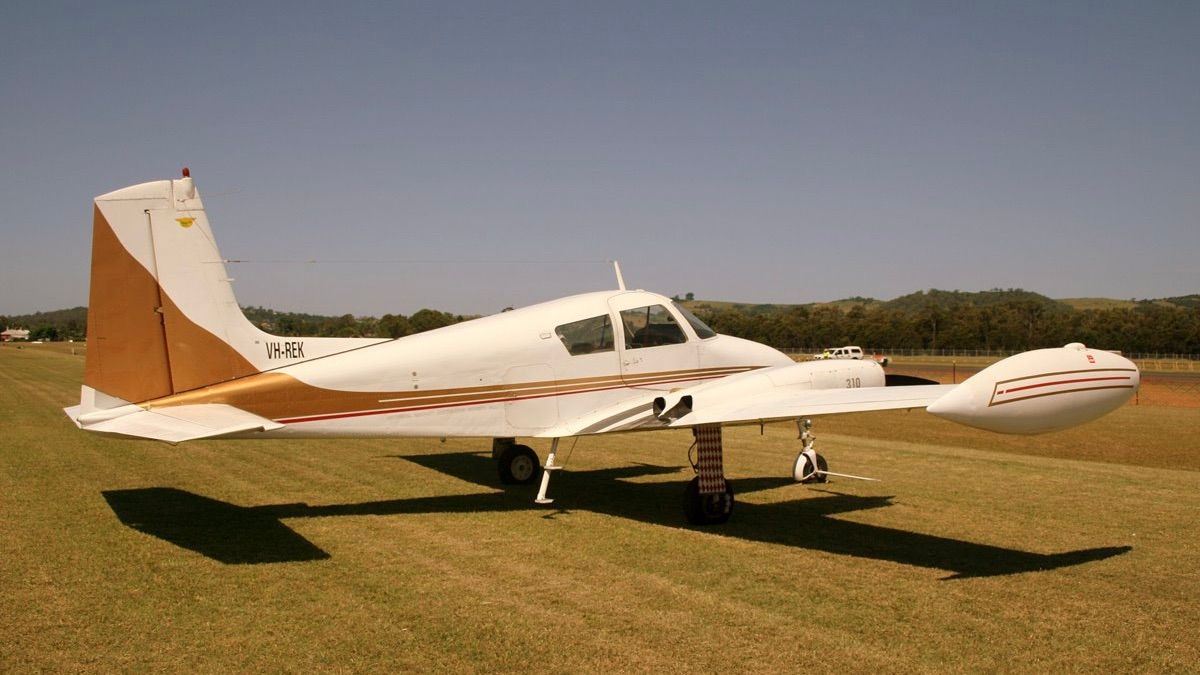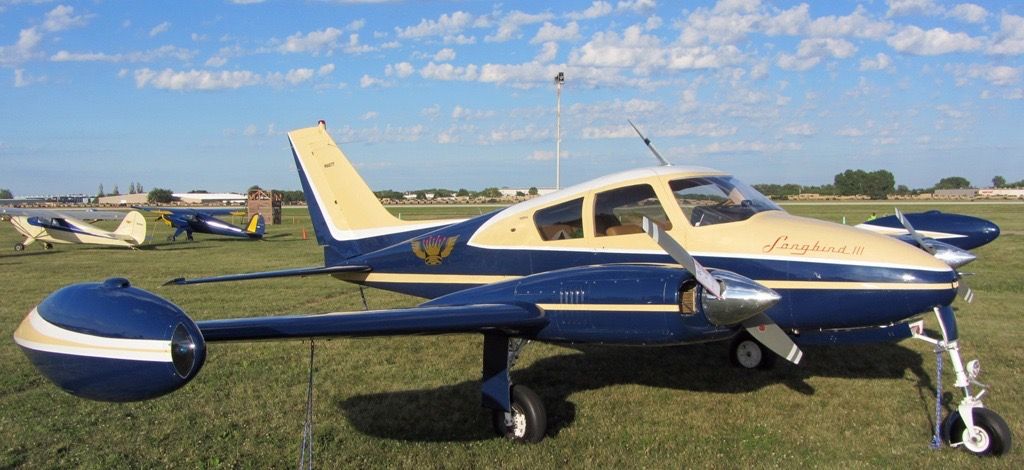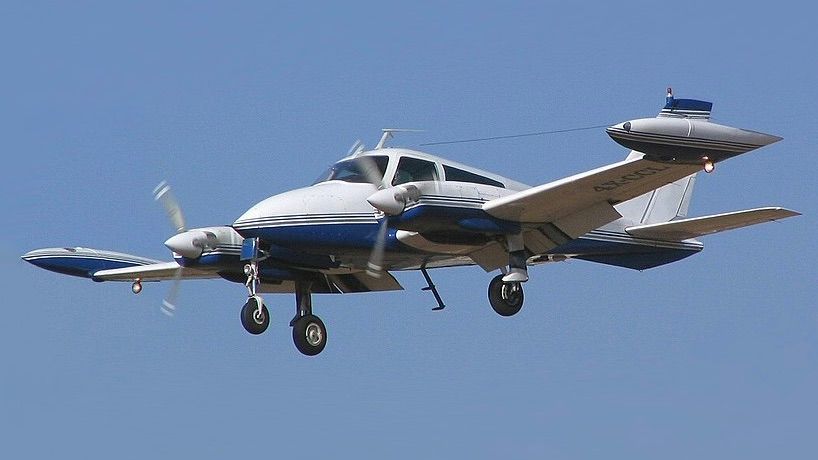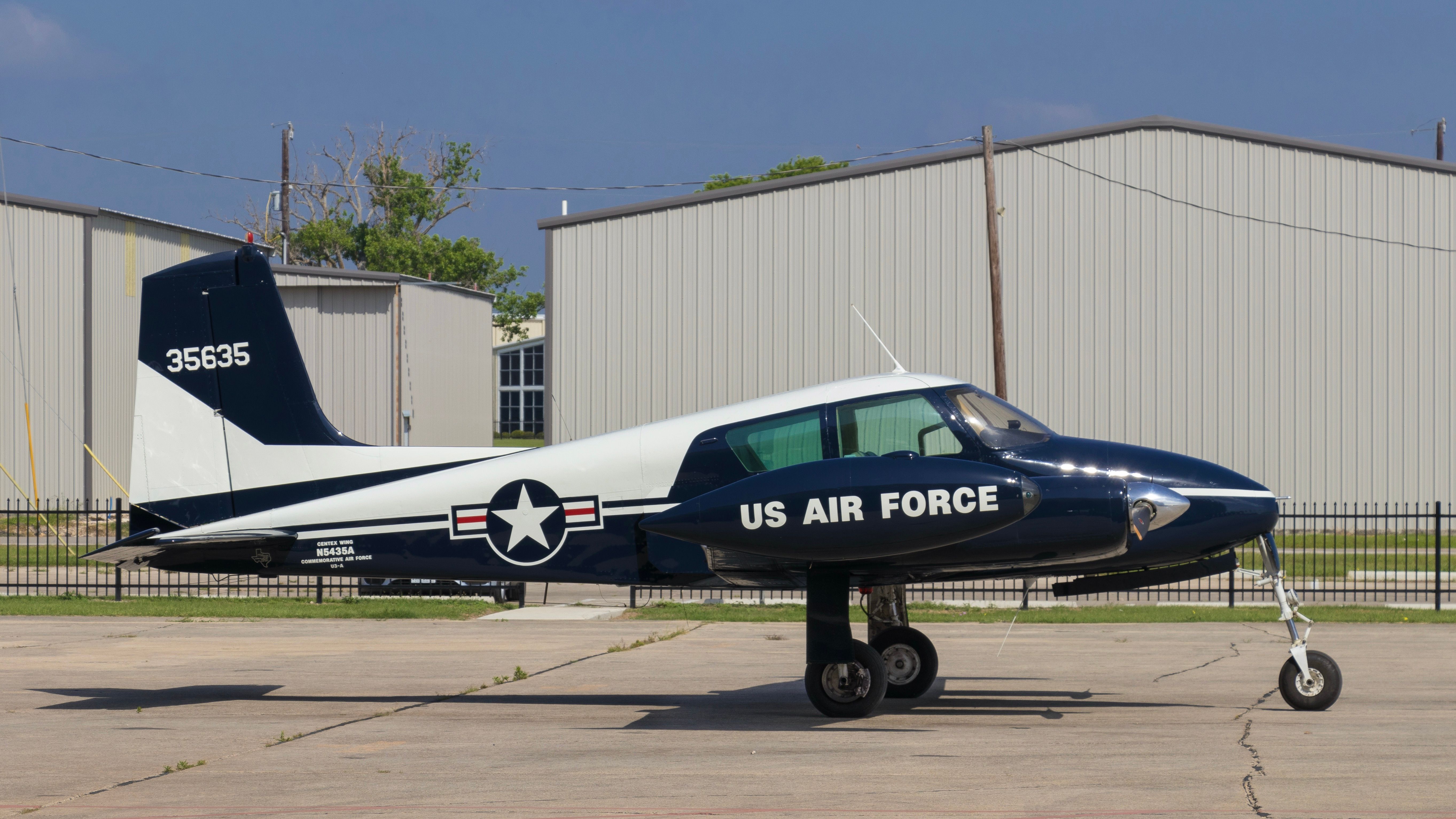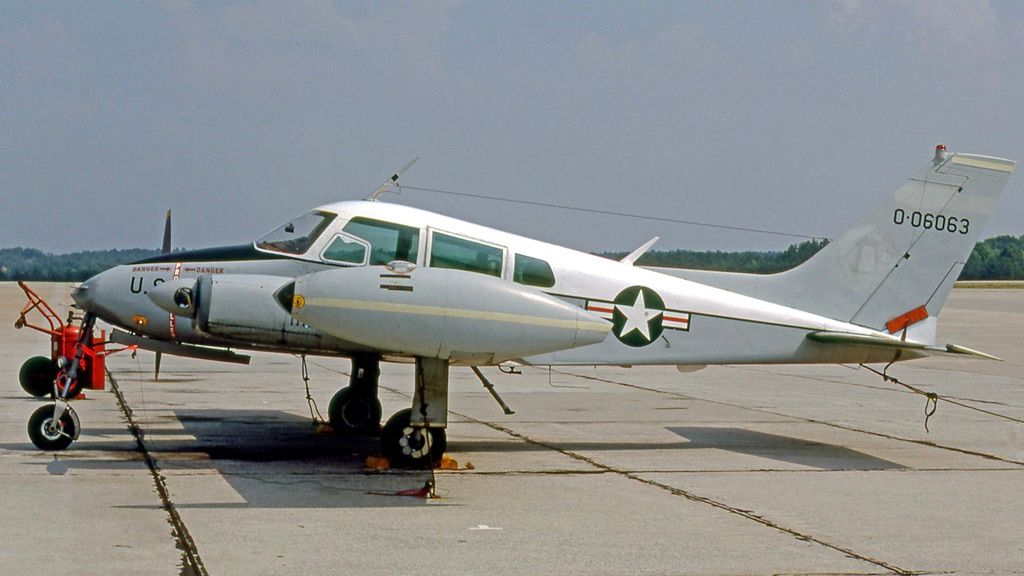Summary
- The Cessna 310 had innovative features like unique wingtip fuel tanks and engine exhaust thrust augmenter tubes.
- The aircraft had numerous variants from the model 310A to the model 310R and Turbo 310R with engine and design upgrades.
- The Cessna 310 was popular for air taxi, bush flying and as a military utility aircraft due to speed, low costs, and versatility.
The Cessna 310 is a four to six-seat low-wing twin-engine aircraft that had a 28-year-long production run. Its first flight was on January 3, 1953. The aircraft was certified by the Federal Aviation Administration and deliveries started the following year. It was the first twin-engine aircraft produced by Cessna after World War II.
The aircraft was produced from 1954 to 1980 and became a popular utility aircraft, especially with the United States Air Force (USAF). Let’s take a look at its unique features and why it had such a long tenure.
Innovative features
The Cessna 310 was known for its sleek and modern design but also for its innovative features. It had engine exhaust thrust augmenter tubes, which were a new feature for aircraft of the time. In 1964, the engine exhaust was changed to flow under the wing instead of through the tubes, making it less noisy.
The aircraft notably had wingtip fuel tanks that were designed to shear off should the aircraft have an accident. They were nicknamed ‘tuna tanks’ because of their fish-like shape and make the aircraft instantly identifiable. Each wingtip fuel tank could hold up to 50 gallons of fuel but later Cessna expanded the fuel capacity further by placing tanks in the wings and engine nacelles.
After its introduction, Cessna said that the Cessna 310 was five years ahead in terms of design and engineering and that the market for the new twin-engine was ‘practically unlimited’.
During those 28 years of production, 5,449 Cessna 310s were built. Similar aircraft of the time include the Beechcraft Baron, the Piper PA-34 Seneca, the Beechcraft Twin Bonanza and the Let L-200 Morava.
Variants of the Cessna 310
Each variant, as with many Cessna models, had a letter added to the model number to indicate changes to the original design. The 310C, for example, in 1959 had a significant upgrade when more powerful engines were added, the Continental IO-470-D engines with 260 horsepower. In 1960, model 310D featured a swept-back vertical tail. The 310F saw an extra cabin window added.
From the 310F came the turbocharged 320 Skyknight in 1961, which was powered by TSIO-470-B engines, and an extra cabin window was added to each side. These remained in production until 1969, with the Executive Skyknight or model 320E, until they were replaced with the Turbo 310.
The 310G was certified in 1961 and featured the canted wingtip fuel tanks, named ‘stable-tip’ by Cessna, as they were meant to help the aircraft stabilize during flight.
Photo: Philip Arno Photography | Shutterstock
In 1965, an optional three-blade propeller was added along with a side window replacing the two rear windows. Afterward, the 310Q and turbocharged T310Q were introduced with a redesigned cabin with a skylight window. The final variants were the 310R and the T310R which had a longer nose with a baggage compartment inside.
Notable aircraft engineer Jack Riley created two more variants with modifications. The Riley Rocket 310 and the Riley Turbostream 310 moved away from the Continental engines and were replaced by Lycoming TIO-540 engines that had 350 horsepower. These had three-blade Hartzell propellers that counter-rotated, increasing performance and single-engine safety.
Aircraft specifications (model 310 original)
General characteristics
- Crew: one
- Capacity: four passengers
- Length: 27 ft 0 in (8.23 m)
- Wingspan: 35 ft 0 in (10.67 m)
- Height: 10 ft 6 in (3.20 m)
- Wing area: 175 sq ft (16.3 m2)
- Empty weight: 2,850 lb (1,293 kg)
- Gross weight: 4,600 lb (2,087 kg)
- Fuel capacity: 100 US gal (83 imp gal; 380 L)
- Powerplant: 2 × Continental O-470-B horizontally opposed piston engine, 240 hp (180 kW) each
Performance
- Maximum speed: 220 mph (350 km/h, 190 kn)
- Cruise speed: 205 mph (330 km/h, 178 kn)
- Range: 1,000 mi (1,600 km, 870 nmi)
- Service ceiling: 20,000 ft (6,100 m)
- Rate of climb: 1,700 ft/min (8.6 m/s)
Operations of Cessna 310
After World War II, there was a boom in general aviation, and the Cessna 310 was often used as an air taxi or charter aircraft. It was an attractive aircraft due to its fast speed and low operating costs. It could easily use short runways but also carry a load of 2000 pounds, making it very practical.
Additional modification kits made it popular for bush flying and had distinct advantages over similar aircraft of the time.
In 1957, the USAF chose the Cessna 310 to serve as a light utility aircraft, and they purchased 160 of the original unmodified aircraft. Later, they added another 36 upgraded aircraft.
A USAF study found that the Cessna 310 had direct operating costs of less than $12 per hour after one year of service. Later, some of the USAF 310s were transferred to the US Army and Navy and continued to fly into the mid-70s.

